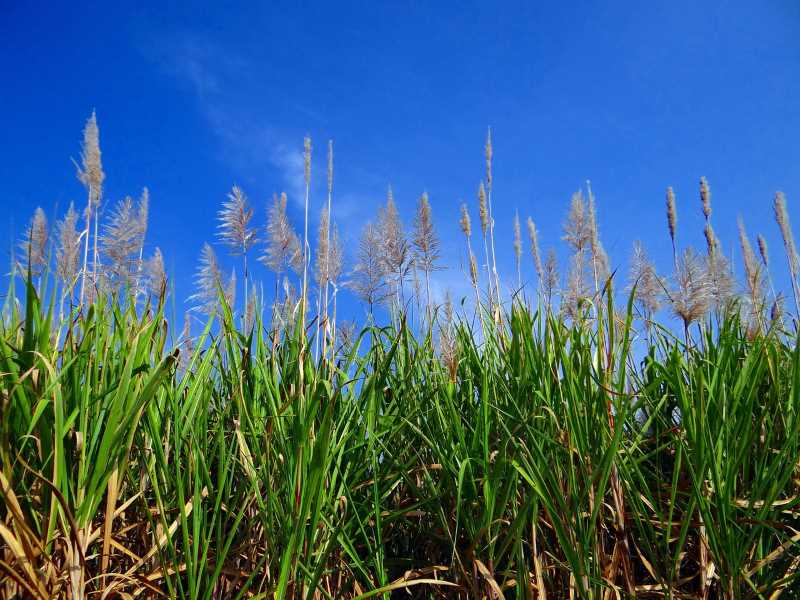The Sweet Success of Glyphosate Alternatives
Glyphosate, widely used in agriculture for weed control, also serves as a chemical ripener in sugarcane farming. However, concerns over its biosafety and ecological impact have led to the exploration of alternatives. Recent research shows promising results.

Glyphosate, an agricultural input primarily used for weed control, is a broad-spectrum foliar herbicide. It indiscriminately eliminates any plant it comes in contact with, thus efficiently suppressing weed growth that could compete for space and nutrients, thereby affecting crop yields. Its effectiveness, low cost, and ease of application have led to its widespread usage in agriculture worldwide.
In Mexico, various commercial products, including Cacique, Faena, Trinchera, Látigo, Herbifox, Mochilero, Secafín, Bombazo, Torbellín, Aquamáster, and Potro, contain glyphosate. The herbicide acts by inactivating an enzyme only found in plants and certain bacteria, which is critical to the synthesis of essential amino acids. This enzyme disruption prevents plants from producing the necessary proteins for growth, eventually leading to their demise.




